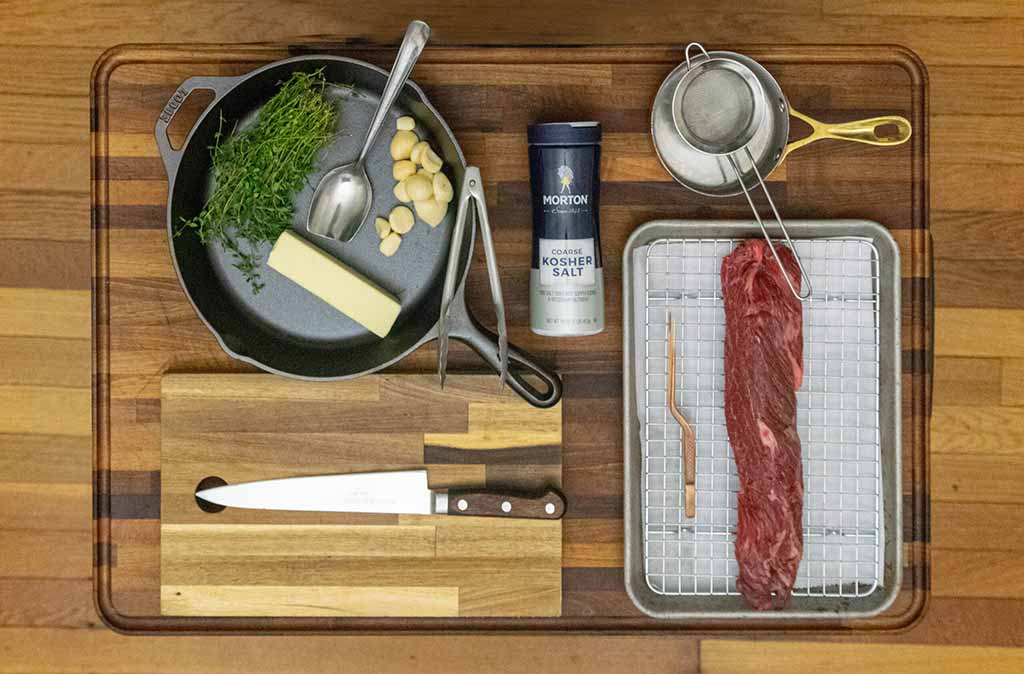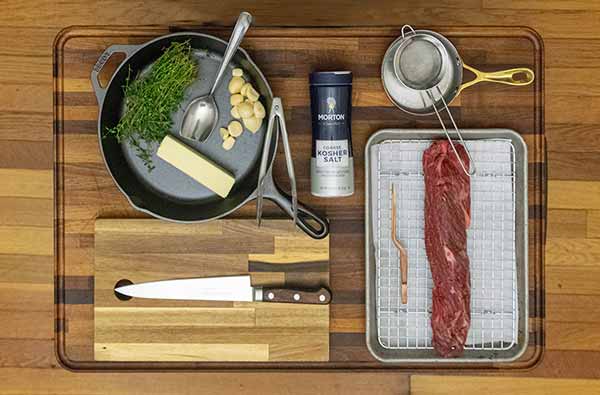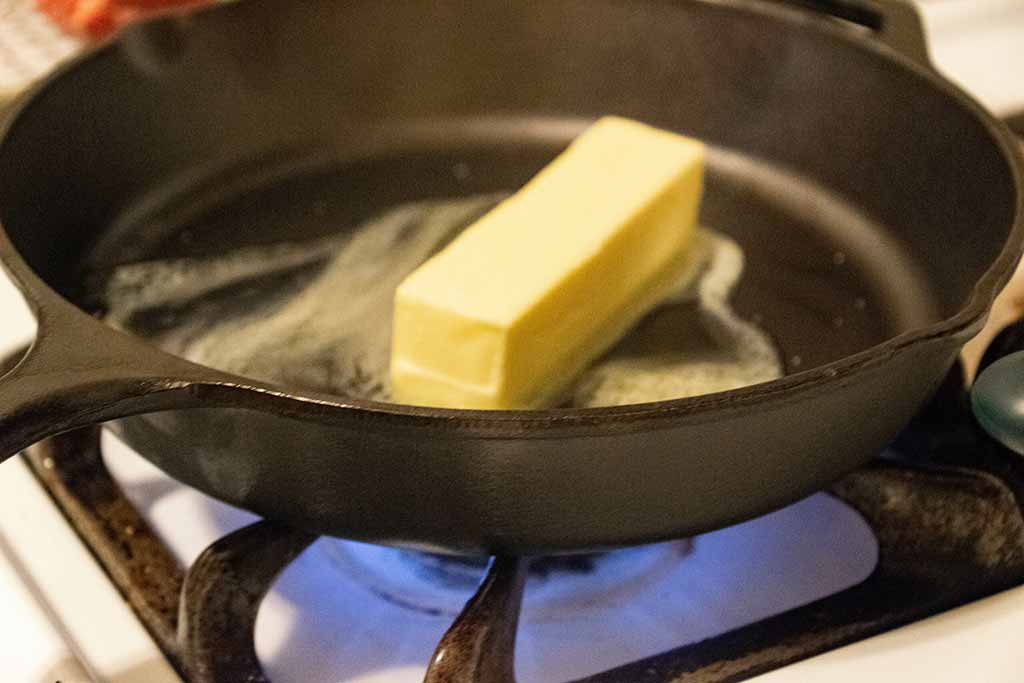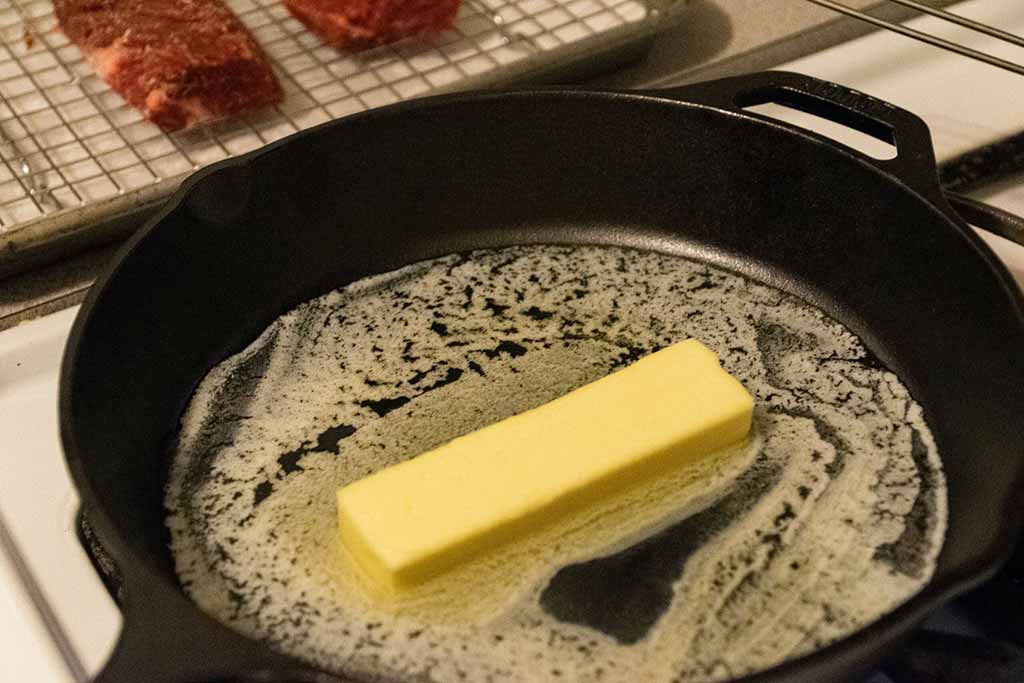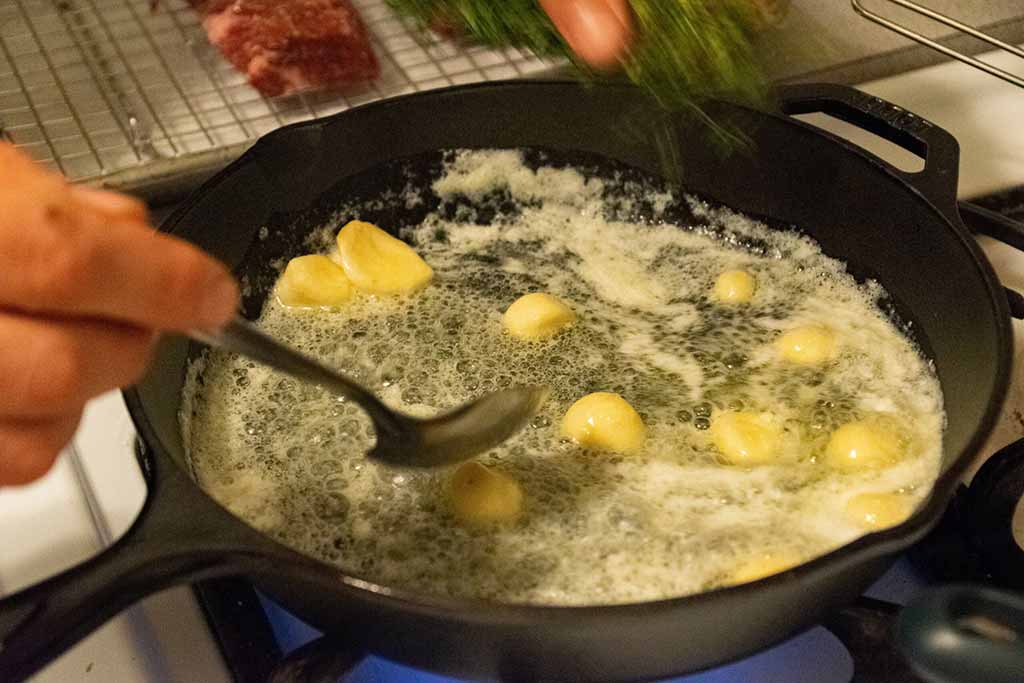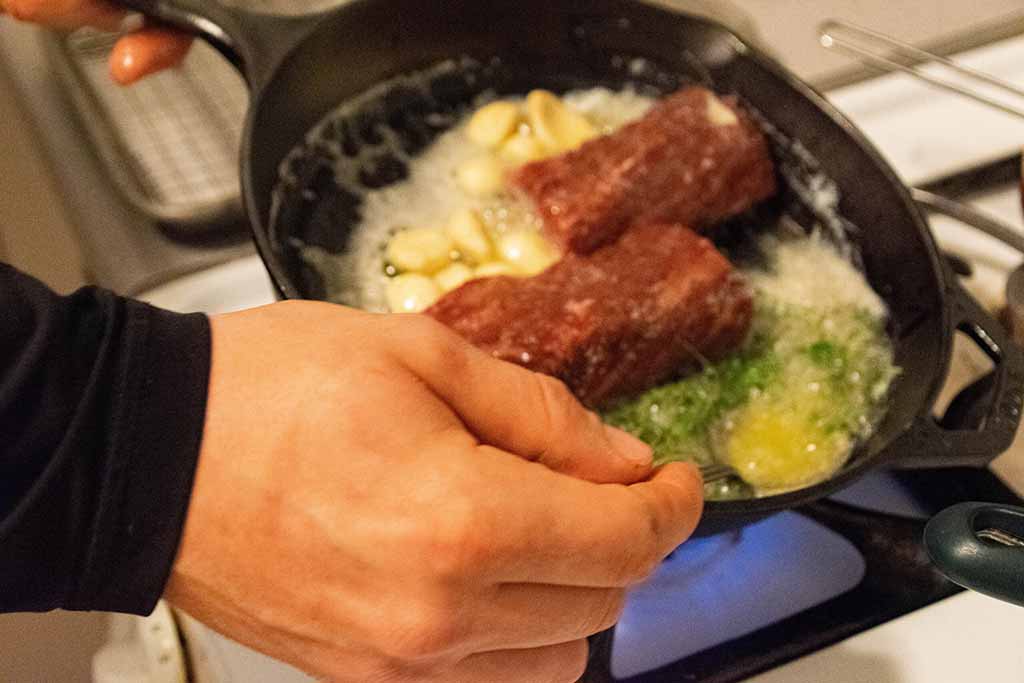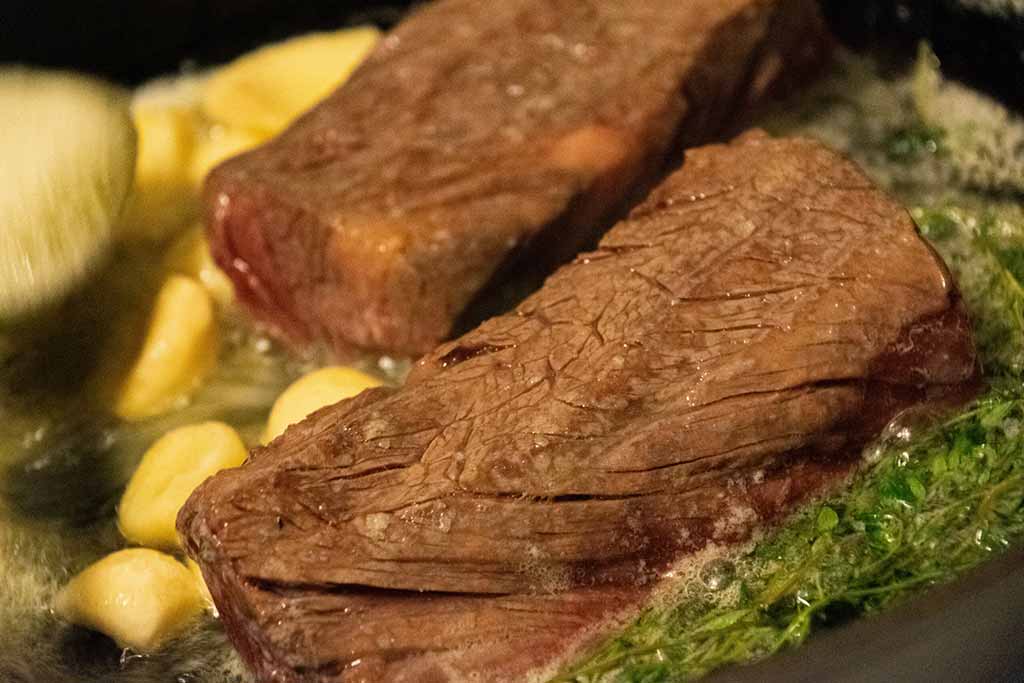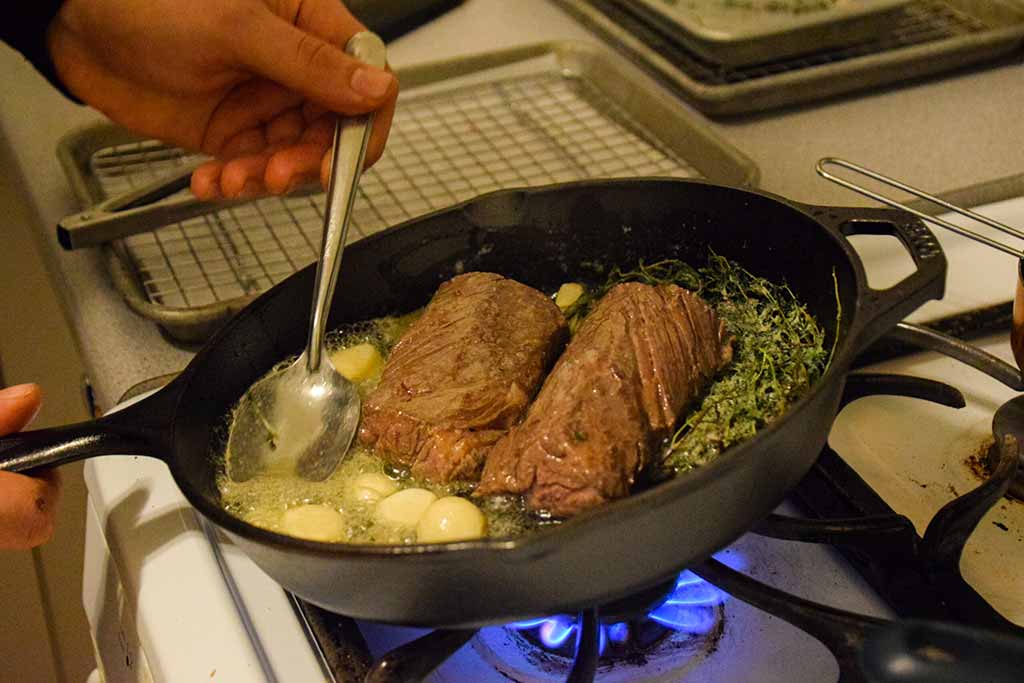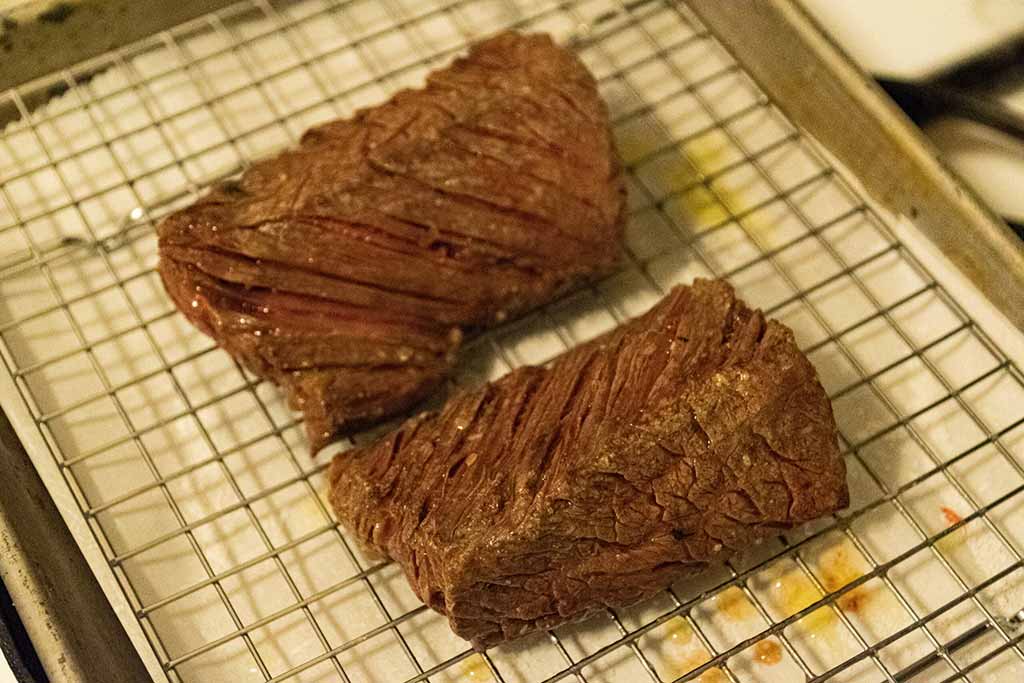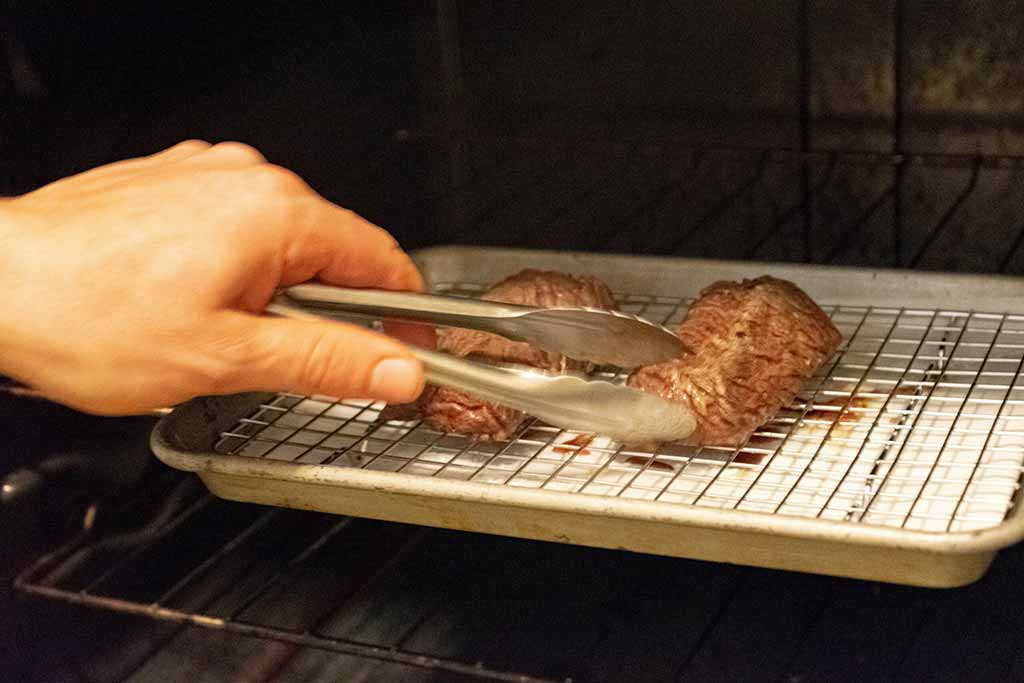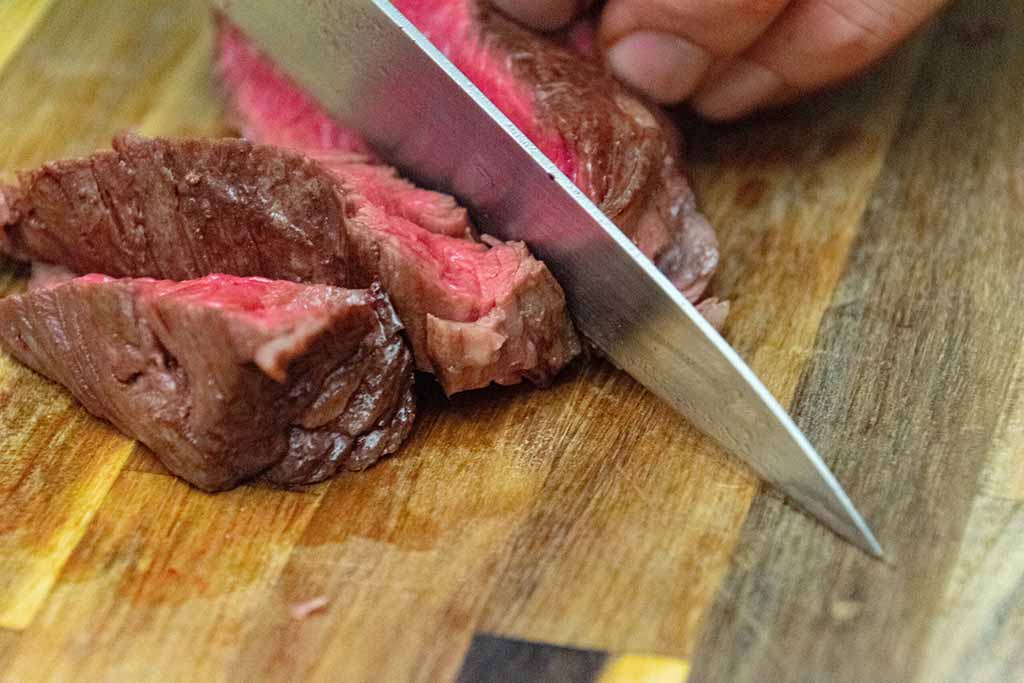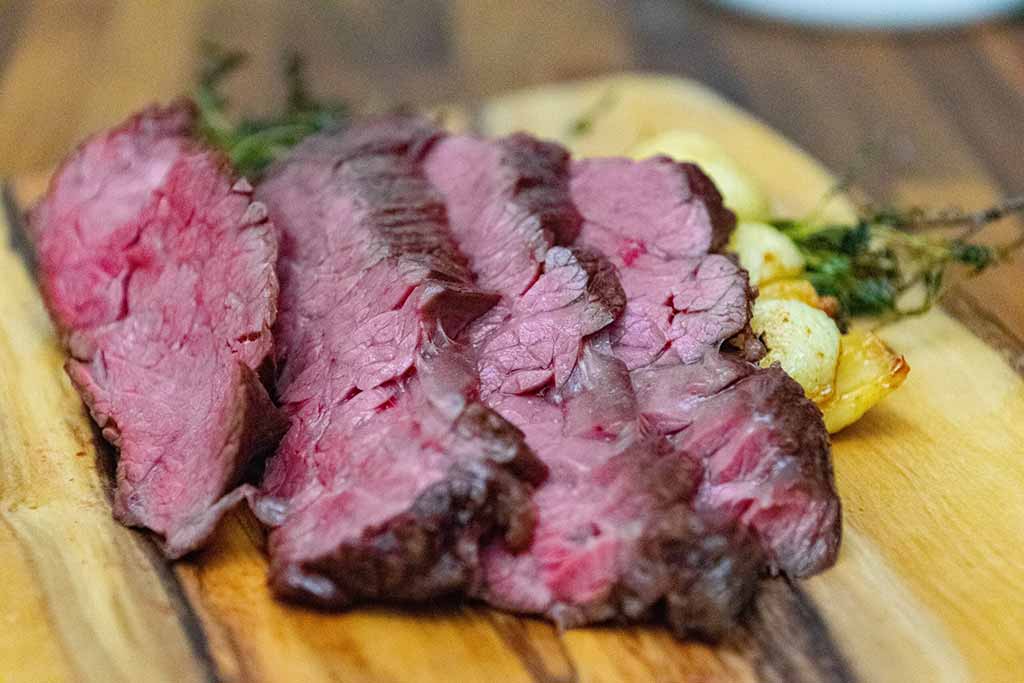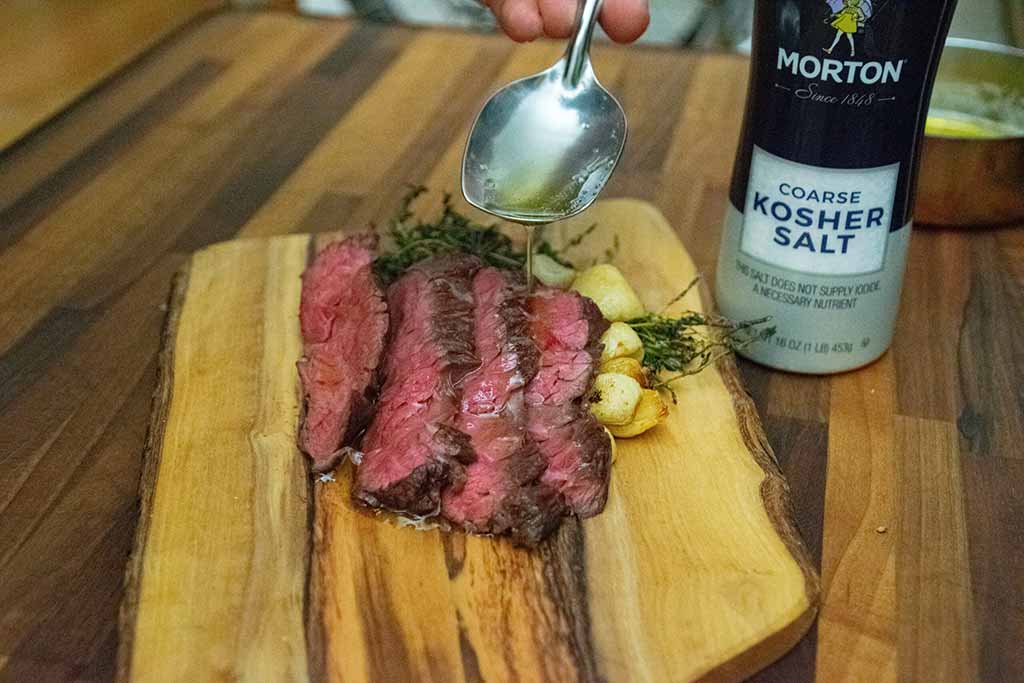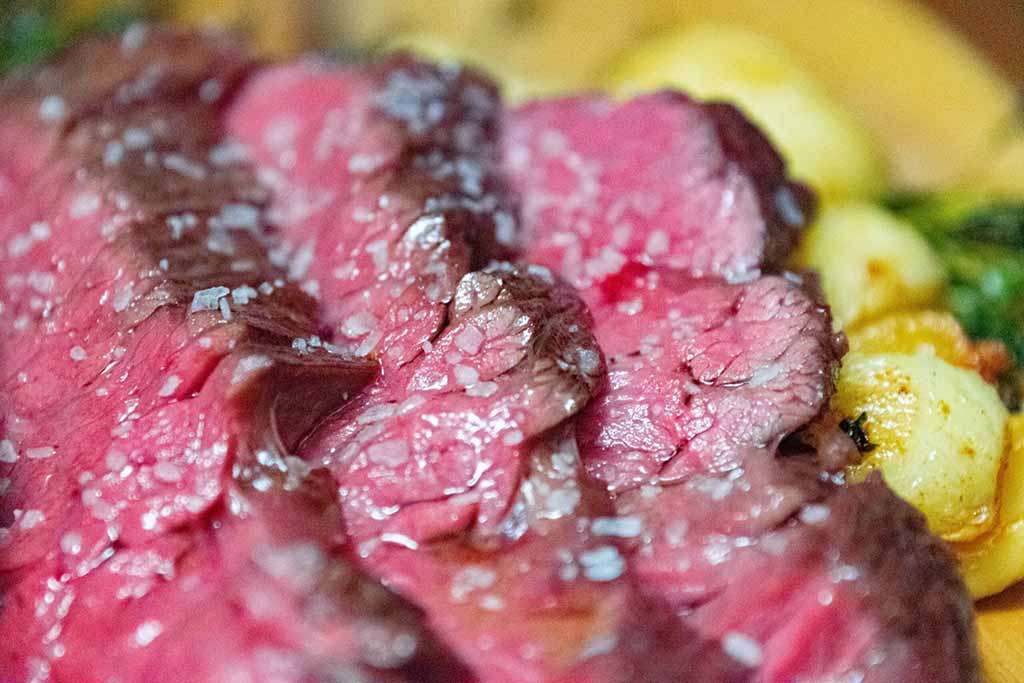One Of The Best Mouthwatering Steak Recipes. How To Cook A Perfect Mouth Watering Steak In The Oven Experience Culinary Bliss Sure To Make Your Mouth Water!
Recipe How To Cook A Mouthwatering Steak
This is a technique I learned working for some of the best chefs in Chicago. As a personal chef, it’s important to be creative but even more important to remember that technique is king! This is perfect for small private events because it’s a slow forgiving cooking technique.
PICTURE THIS: You’re at a fancy dinner party and the personal chef struts out with a platter of the most mouthwatering steak you’ve ever seen. You take a bite and suddenly, you’re transported to steak heaven. So, what’s the secret? I’ll tell you – it’s a technique I learned from some of the best chefs in Chicago. Sure, as a personal chef it’s important to be creative, but let’s face it, technique is king. If you want to learn how to cook a perfect mouth watering steak in the oven, this steak recipe is the king of kings. It is a slow cooking technique that makes it perfect for small private events because, let’s be honest, you don’t want to risk burning your steak and ruining everyone’s appetites. Trust me, once you taste this steak, you’ll never be satisfied with anything less.
Gathering Steak Ingredients & Supplies
Choose That Cut Of Beef
When it comes to cooking steak, it’s essential to start with the right supplies. But don’t worry, you won’t need much for this adventure. But what you will be is your inner 5 Star chef. The real key to cooking a great steak lies within your own culinary prowess. The first step is choosing the right ingredients- namely, a good cut of beef. For this technique, any tender beef will work. There are plenty of options out there- t-bone, ribeye, tenderloin, and skirt steak, to name a few. However, my personal favorite cut is the hanger steak for its density, versatility and unbeatable flavor. While some of the other cuts may cook faster, I’ve always found the hanger steak to be an excellent choice for those seeking the perfect steak.
Choose Your Other Steak Ingredients
I keep it super simple when choosing ingredients for an already perfect cut of steak. Today, we will be working with butter, salt, garlic, and herbs.
Select The Best Butter
Starting with butter – there are plenty of types of butter at various prices, textures, and flavors. For this, get some whole butter from your local grocer, keep it simple and call it a day. We are going to brown it and soak it in beefy deliciousness anyway, so don’t spend a bunch of money playing around with some gourmet dish because we will party hard with it anyway. If I am being honest – I buy the one on sale – 2 for $5. You can bet on that.
What’s The Best Fat To Cook Steak In?
Absolutely. If you’re feeling adventurous and want to experiment with a different type of fat for cooking your steak, keep in mind that temperature control becomes even more crucial. Using butter gives you the visual cue of browning, which is an indicator to adjust the heat accordingly. However, with other fats, monitoring the cooking process may not be as easy. You don’t want to burn the fat, but you also don’t want to end up with unevenly cooked meat. Approach cautiously, but don’t be afraid to try something new – just keep your eye on that temperature!
Cook With The Best Salt
Again, there are plenty of types of salts. Some are smoked, some have $3 million worth of truffles dried up in them, and others come from the Himalayas, where some poor SOB with a hammer had to forage a glacial rock for you. Luckily for you – all you have to do is reach into your cabinet and grab some table salt. If you want to be fancy, get some Kosher Salt. I use kosher salt because I find it’s easiest to get a nice even “Salt Bae” effect when seasoning my meat. ????
Salt is a ubiquitous ingredient in almost every meal, and luckily for us, there are plenty of types to choose from. While some may prefer smoked salt, some have $3 million worth of truffles dried up in them, and others come from the Himalayas where some poor SOB with a hammer had to forage a glacial rock for you. But if you want to up your seasoning game, consider getting some Kosher Salt. Not only is it easy to find in most grocery stores, but its large crystals make it perfect for achieving that Instagram-worthy “Salt Bae” effect when seasoning your meat. Whether you’re a seasoned chef or just starting out, adding Kosher Salt to your culinary arsenal is a simple but effective way to take your dishes to the next level.
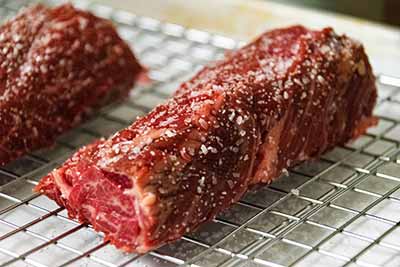
Use Kosher Salt When Seasoning Meat.
Do You Also Use Pepper Or Other Seasonings On Your Steak?
I do not. Here’s why. The steak is delicious. When it comes to seasoning my steak, I prefer to keep it simple. A good cut of steak speaks for itself and does not need any extra flavors or seasonings to be enjoyable. Just a sprinkle of salt and some heat can bring out the natural flavors and aromas of beef and make it taste amazing. While some people may enjoy using pepper or other seasonings on their steak, it can overpower the natural taste of the meat. However, if I decide to make a sauce for my steak, I will go all out to make it as delicious as possible. But I’ll stick to just a little bit of salt for a perfect, juicy steak.
Garlic & Herbs
Cooking is a beautiful art that involves both technique and seasoning. The best part of it is that the possibilities are endless! With various options available, it is easy to tailor a recipe to suit your taste preferences. The use of garlic and herbs is a great example. If garlic isn’t your style, switch it up and use shallots, onion, or chives instead. On the other hand, if you’re not a fan of herbs, you can easily omit them from your dish entirely. Personally, I adore garlic and fresh thyme – the combination adds an irresistible flavor to any dish. So, go ahead and play around with different techniques and seasoning options. Who knows, maybe you’ll discover a new favorite recipe!
Can I Use Dried Herbs Or Powdered Versions Of These Items?
When it comes to flavor, fresh herbs are the way to go. Sure, you could sprinkle garlic powder or dried herbs on your steak, but do you really want those particles stuck in your teeth? At our restaurant, we understand the importance of using fresh herbs to capture the essence and flavor of our ingredients fully. Our goal is to extract the unique flavors from each ingredient and combine them to enhance the natural characteristics of the steak. Trust us, once you try a steak seasoned with fresh herbs, you’ll never want to go back to those old, stale seasonings again.
Gathering Supplies: Choosing A Pan
As much as personal chefs love to talk about their favorite type of pan and cookware, only some have the time or interest to learn the ins and outs of culinary tools. That’s why it’s best to keep things simple and use a pan that fits the food you cook. After all, the most important thing is to get enough food on the table so you don’t go hungry. So, while some chefs may debate about which metal conducts heat the best, the rest of us can enjoy a delicious meal without worrying about the technicalities. Just grab a pan and get cooking! Here’s a tip: if it doesn’t have a hole in the bottom of it and at least a 1-inch lip – you win – use it.
Should I Use Nonstick For Baking?
Nonstick pans are the pampered Pollyanna version of cookware, designed to make our lives easier with their slick surfaces and effortless cleanup. However, this also means that they require a little extra TLC. Using a metal utensil such as a spoon or tong while cooking might seem harmless, but it could actually scrape the bottom of the pan and hurt its feelings. It’s important to respect our cookware and treat it kindly, just as we would a trusted kitchen companion. So next time you’re whipping up a delicious meal, be mindful of your utensils and take care of your nonstick pans – after all, they deserve a little love, too. (???? Sad times)
Moving on…
Sheet Trays, Cooling Racks, Parchment Paper & Tweezers
These culinary tools are extra. But we will go over it because it yields the best results. Can you cook a perfect steak without these components? Sure, but this is the easiest.
Sheet trays – I love them. Sheet trays are an essential tool in any kitchen. These flat pieces of metal are not only sturdy enough to hold food, but their rectangular shape also fits perfectly into ovens and other spaces. To keep them clean and looking nice, it’s recommended to line them with parchment paper. This added layer protects the tray and makes for easy cleanup once the cooking is complete. However, a cooling rack is the most important cooking tool when using sheet trays. Placing hot food directly onto a sheet tray can result in uneven cooking and soggy bottoms. A cooling rack helps with even cooking and allows air to circulate around the food, preventing it from becoming too moist. So, whether you’re baking cookies or roasting veggies, use these trusty sheet trays and their accompanying cooling racks for the best cooking experience.
We use the cooling rack for seasoning, which offers an even distribution of salt. When it comes to seasoning our beef, we all want to achieve that perfect blend of flavor. But did you know that the cooling rack can actually help with this? Using a cooling rack for seasoning ensures an even distribution of salt, resulting in a savory taste throughout the steak. And it doesn’t stop there- the cooling rack allows for airflow while cooking the beef in the oven. This means that every inch of the steak is heated evenly, eliminating any chance of an overcooked mark on the side touching the sheet tray. In short, the cooling rack is a valuable tool for any home chef looking to up their steak game. (Sorry Gordon Ramsey)
Lastly, we will use our tweezers to temp our meat. WTF does this mean? Cooking meat can be a true art form, with so many techniques and methods to ensure it’s cooked to perfection. However, despite all the tools and tricks in my arsenal, I’ve found that the best way to temp meat is by using a sensation we’re all familiar with: pain. Yes, you read that right. Placing a pair of tweezers in the center of your beef and pressing them up against your cheek may sound strange, but the sensation you feel can tell you everything you need to know about the temperature of your meat. The metal should be uncomfortably hot, but not so much that it burns your skin. It’s a simple, yet surprisingly effective method that ensures your meat is cooked exactly how you like it.
That uncomfortable feeling is about medium-rare. You use a thermometer for sure – 100%. This other method will impress your friends and it adds an element of magic to the cuisine. Think of it as your magic wand. This puts you in touch with the food you are cooking instead of relying on a thermometer or constantly touching the meat with your paws. (Which isn’t accurate) The tweezer method is good for business I promise.
How Long To Cook Steak In Oven
Cooking the perfect steak can be daunting, but a simple step can make all the difference: tempering your beef. And the good news? It’s an easy technique that anyone can master. By taking your beef out of the fridge an hour before you intend to cook it, you allow it to come to room temperature. This not only helps to ensure even cooking, but it also means a speedier cooking time. Simply place your beef on a parchment-lined sheet tray and let it sit for at least 30 minutes. This small step can have a big impact on the outcome of your steak, resulting in a perfectly cooked piece of meat that will impress even the most discerning foodie.
What Is The Best Temperature To Cook Steak In The Oven
Cooking a perfectly tender and juicy piece of beef can be a challenge, but with the low and slow technique, you can achieve mouth-watering results that are similar to sous-vide. To get started, set your oven to 300 degrees Fahrenheit, which may seem low but trust me, it’s the secret to success. If you have a convection oven, you can use it, but be wary of overcooking. To avoid this, try setting it to 250 degrees Fahrenheit. It’s important to note that once you get the hang of this method, you’ll be able to adapt it to almost any temperature setting, but for now, 300 degrees is a great place to start. So, let’s proceed with gentleness and get cooking!
Now that we have our oven set and beef tempered let’s get that pan ripping!
- Getting Ready To Cook Steak By Buttering The Pan
- Cooking Steak In Cast Iron Skillet
- Cooking Steak In Butter
- Heating The Pan And Add Your Butter, Garlic, And Herbs!
- Cooking Steak Perfectly Every Time
- Make Sure You Have Enough Butter
Heat the pan and add your butter, garlic, and herbs!
I use a tablespoon of butter, 6 cloves of garlic, and 20 sprigs of thyme for every ounce of steak. Let’s be honest, when it comes to this, make sure you have enough butter to cover the pan about ⅛” inch and use as much garlic and herbs as you want.
Do You Cook Steak On Medium Or High Flame
Cooking is an art form that requires a degree of technical skill to master. One of the most important skills in the kitchen is knowing how to regulate heat. If you’re wondering how high you should keep your flame, it depends on your appliances and desired outcome. Whether you’re trying to brown butter or sear a steak, the key is to take it slow but not be afraid to adjust the flame as needed. As you cook, keep a close eye on the pan and use your senses to guide you. With practice, you’ll soon be able to confidently control the heat and create perfectly cooked dishes every time.
Turn the heat on about half intensity and add the butter. While your butter is melting, season the steak liberally from a distance of at least 8 inches above the meat, turning it slightly all the way around so that the surface of the meat is completely seasoned. Now that the butter has melted, wait for it to bubble slightly and add your garlic and herbs.
Start to swirl it around until there is an aroma of butter, garlic, and thyme. Finally, add your steak. This is an important part because we want to baste the steak in the butter. We want to turn the steak frequently so that each and every nano-inch of the beef is kissed with our butter. Moving the beef around at least every 30 seconds is important so the inside doesn’t cook. What we are doing is creating a flavorful, buttery garlic herb crust. Once the butter begins to brown we can pull our steak and put it on the cooling rack and toss it straight in the oven.
- Steak Is Ready For Oven
- Test Temperature Of The Steak Flipping The Beef Over So That The Juices Flow Evenly Through
Every 5 minutes we are going to test the temperature of the beef as well as flipping the beef over so that the juices flow evenly through the meat, ensuring even cooking. For the temping: we can use the thermometer first. If you use the thermometer to test the beef, put it up to your cheek. Start to get the feeling of the desired temperature of the steak – that way, soon you will be a master at feeling the temperature without the thermometer.
Here is a quick guide:
125 F – Rare
135 F – Medium Rare
145 F – Medium
150 F – Medium Well
160 F – Well Done
Once the desired temperature is reached pull the steak out, leave it on the rack and let it rest for 5 minutes turning it once to keep the juices moving evenly through the beef.
While your steak is resting we need to deal with the butter. What we are going to do is turn the heat on high and begin to brown the butter. Swirl the butter in the pan or use a whisk to keep the milk solids in the butter from sticking to the bottom and burning. To make brown butter you basically toast the milk solids. You will know once this happens because the sizzling in the pan will begin to subside. Once the butter is brown, strain the butter and reserve for later.
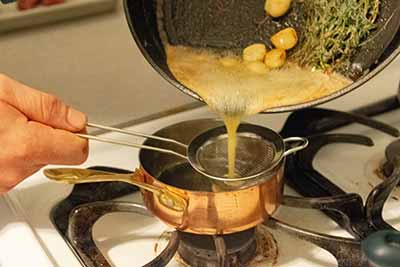
Once The Butter Is Brown, Strain The Butter And Reserve For Later
How To Serve Steak
There’s nothing quite like the perfect bite of beautifully cooked steak; achieving it requires attention to detail. When it’s time to slice your indulgent cut, remember to cut it on a bias and against the grain. This technique ensures that the meat is tender and easier to chew. After cutting, fan the steak out on a plate, and sprinkle with a mixture of roasted garlic and herbs. This will give it a complex, irresistible flavor. To add the perfect finishing touches, dust some high-quality finishing salt on top, and spoon warm brown butter over the top. This small step gives the steak a luxurious, velvety texture and rich, buttery flavor that will linger on your taste buds long after the meal is over. Treat yourself to the ultimate dining experience with these simple yet essential steps.
- Cut The Steak On A Bias And Against The Grain
- Fan The Steak Out
- Season The Beef One Last Time With Some Finishing Salt And Gently Spoon Some Warm Brown Butter Over The Steak
- The Final Steak To Eat – Plate With The Roasted Garlic And Herbs
So this is one secret to my success as a personal chef – cooking a perfect mouth watering steak every time, your turn!

